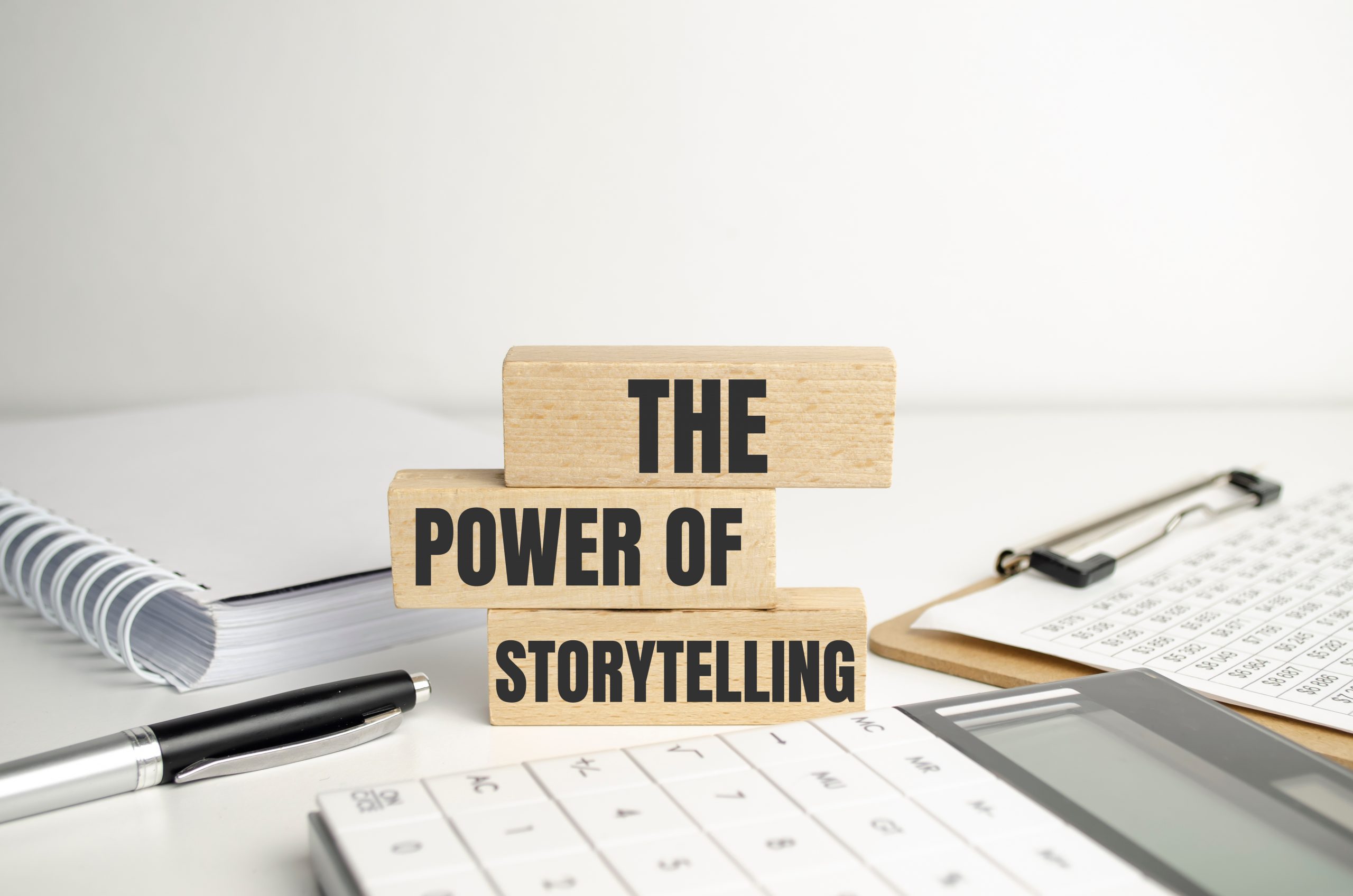Storytelling is inextricably linked to what it means to be a human being. Before there were formal forms of communication, our ancestors were telling stories through cave paintings, ancient hieroglyphics, and around the campfire to connect and share knowledge. Today, not only has storytelling experienced a renaissance of importance but, as research has shown, stories can be a valuable tool to drive targeted action on behalf of important social impact issues.
Telling a story can be more impactful than just conveying data or facts. Jennifer Aaker, a professor of marketing at Stanford University’s Graduate School of Business, suggests that stories are up to 22 times more memorable than facts alone.[i] For example, the World Wildlife Foundation is, among other initiatives, working to protect the world’s sea turtles. Now, the WWF can tell us that tens of thousands of sea turtles are lost each year to overharvesting, fishing bycatch, and illegal trade or that there has been a 90% population decline of Eastern Pacific leatherbacks over the past 30 years. But is hearing those facts compelling you to act, donate, or volunteer on behalf of sea turtles? Probably not. Research has shown that telling stories instead of just listing facts can be more powerful and help us achieve our goals. Neuroscience research shows that stories are processed differently in the brain from other types of information. But how does that work?
Stories have the power to capture our attention. We can all agree that there are many things competing for our attention these days: family, coworkers, phones, computers, TVs, and radios all want us to listen and engage. There is much noise in the world. To break through that, stories can be structured to build anticipation, surprise, or fear. Stories can transport us into a different world where our attention can be focused on an issue or message.
Our attention is grabbed because stories can create physiological responses in our brains and trigger activity in the brain that promotes emotions. As Arvind Upadhyay explains, “Neurotransmitters such as dopamine, oxytocin, and endorphins are released when we connect emotionally with a narrative. Dopamine, the “feel-good” neurotransmitter, drives feelings of reward and pleasure, making us more inclined to continue engaging with the story.”
We can experience stories through sensory details, including sight, sound, smell, taste, and touch. Characters in our story can give us someone to cheer for. The structure of a story can keep us wanting to know more.
It is also true that using stories can reduce counter-arguing. When presented with information that runs counter to how we perceive the world or our identity, a compelling story can break through and reduce that counter-arguing that people have when presented with facts that run counter to what they have seen, what they think, or what they believe.
The good news is that effective storytelling can be learned, and it’s a great strategy to incorporate into your vegan advocacy efforts.

